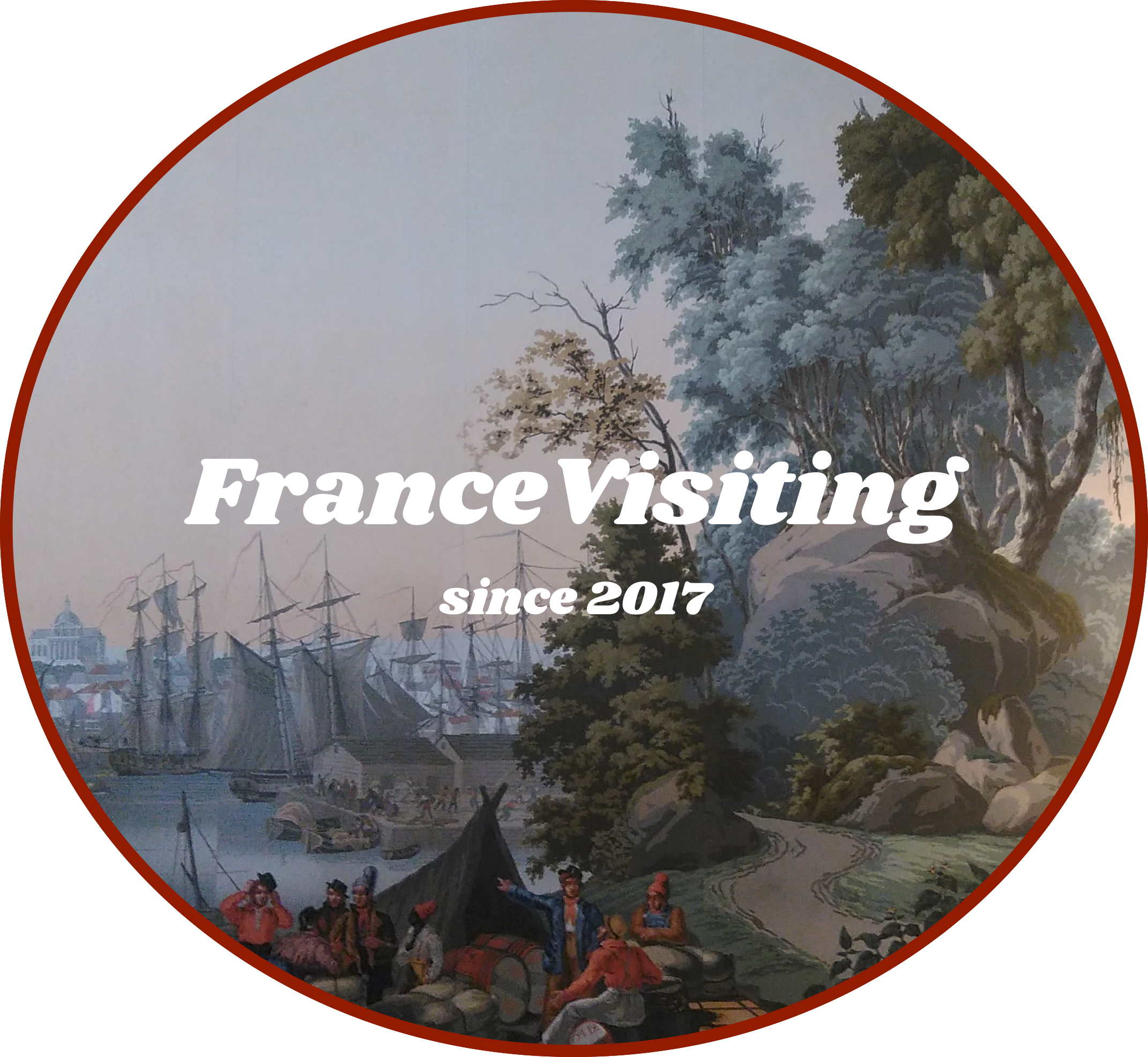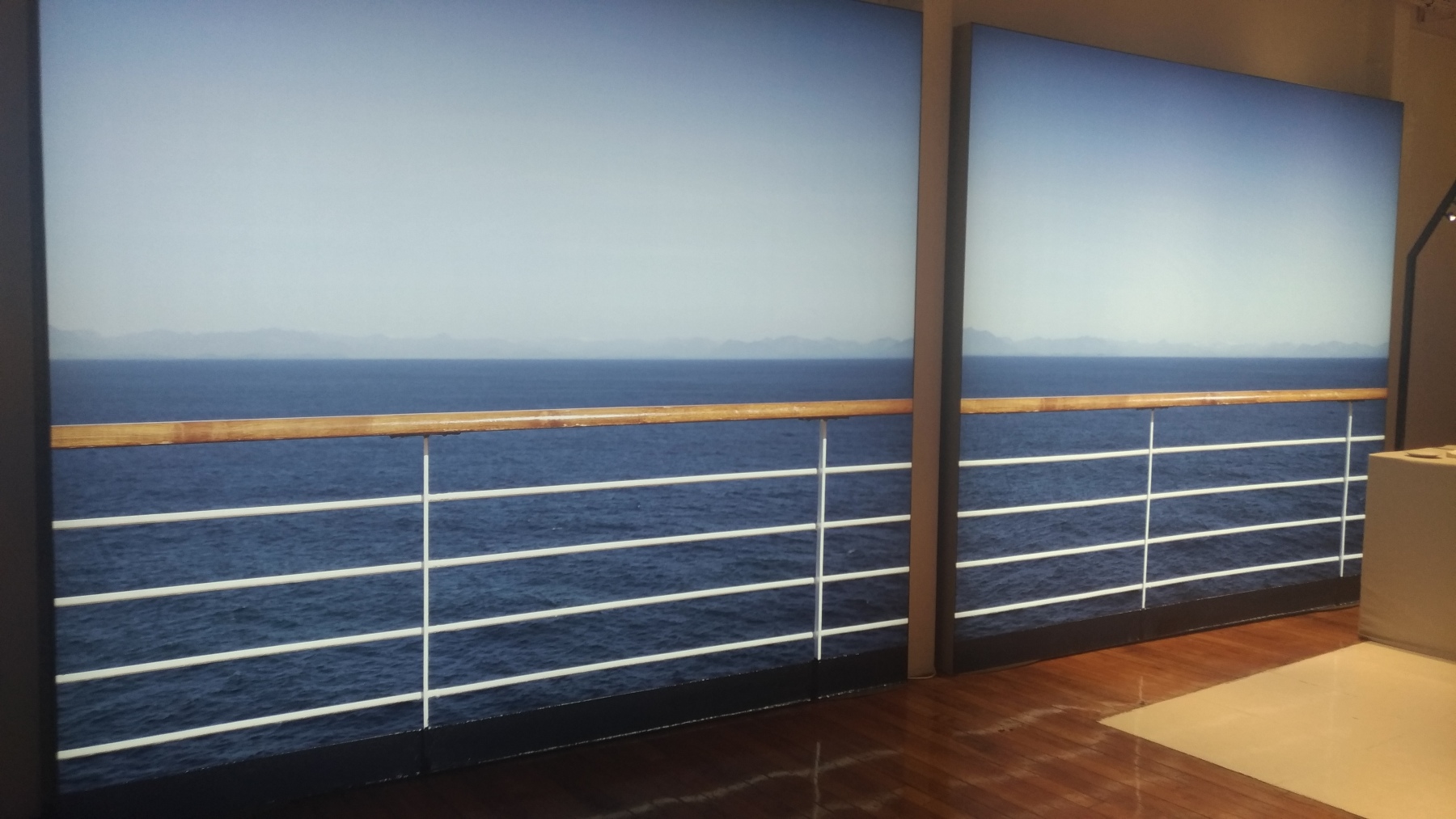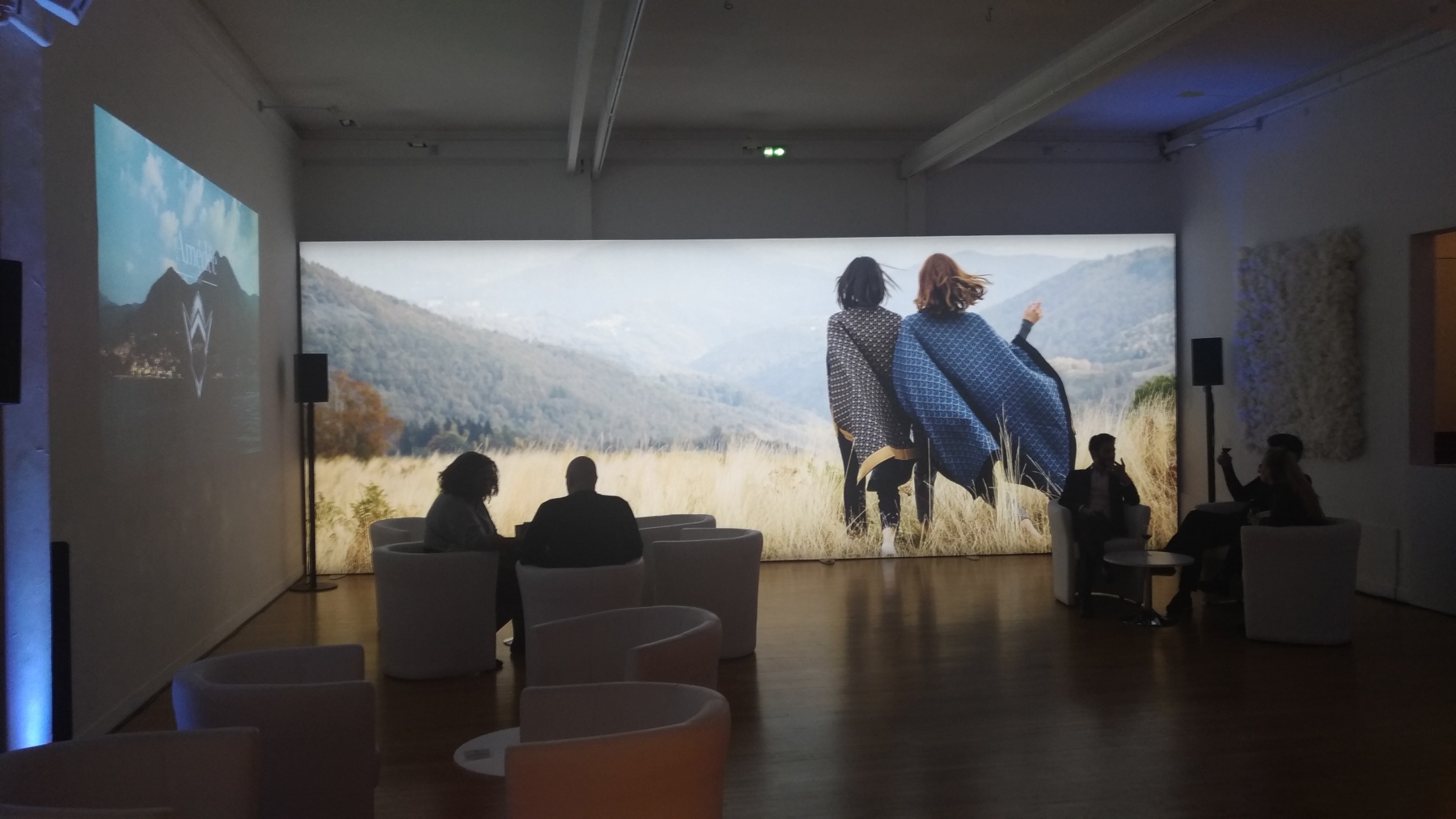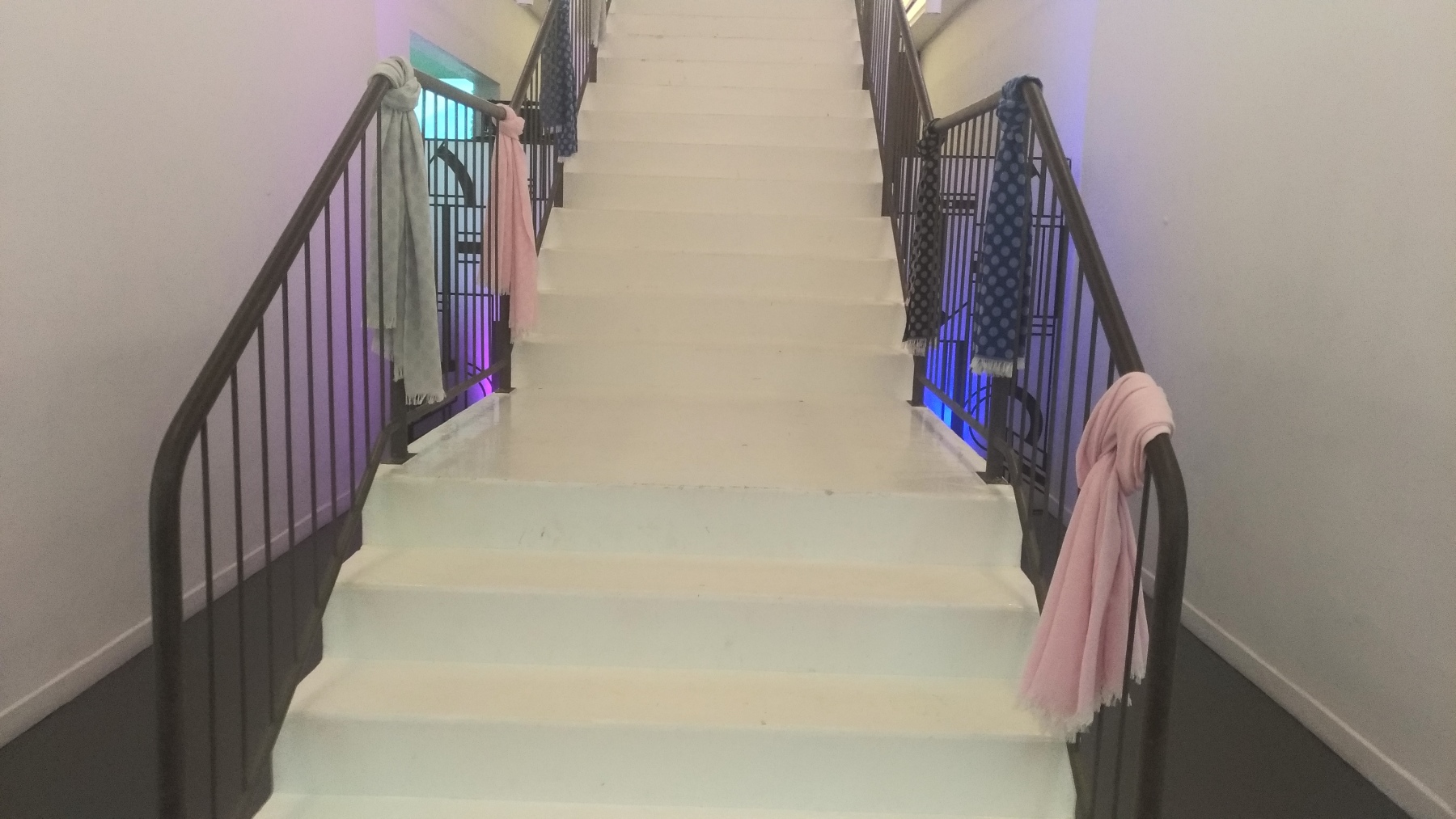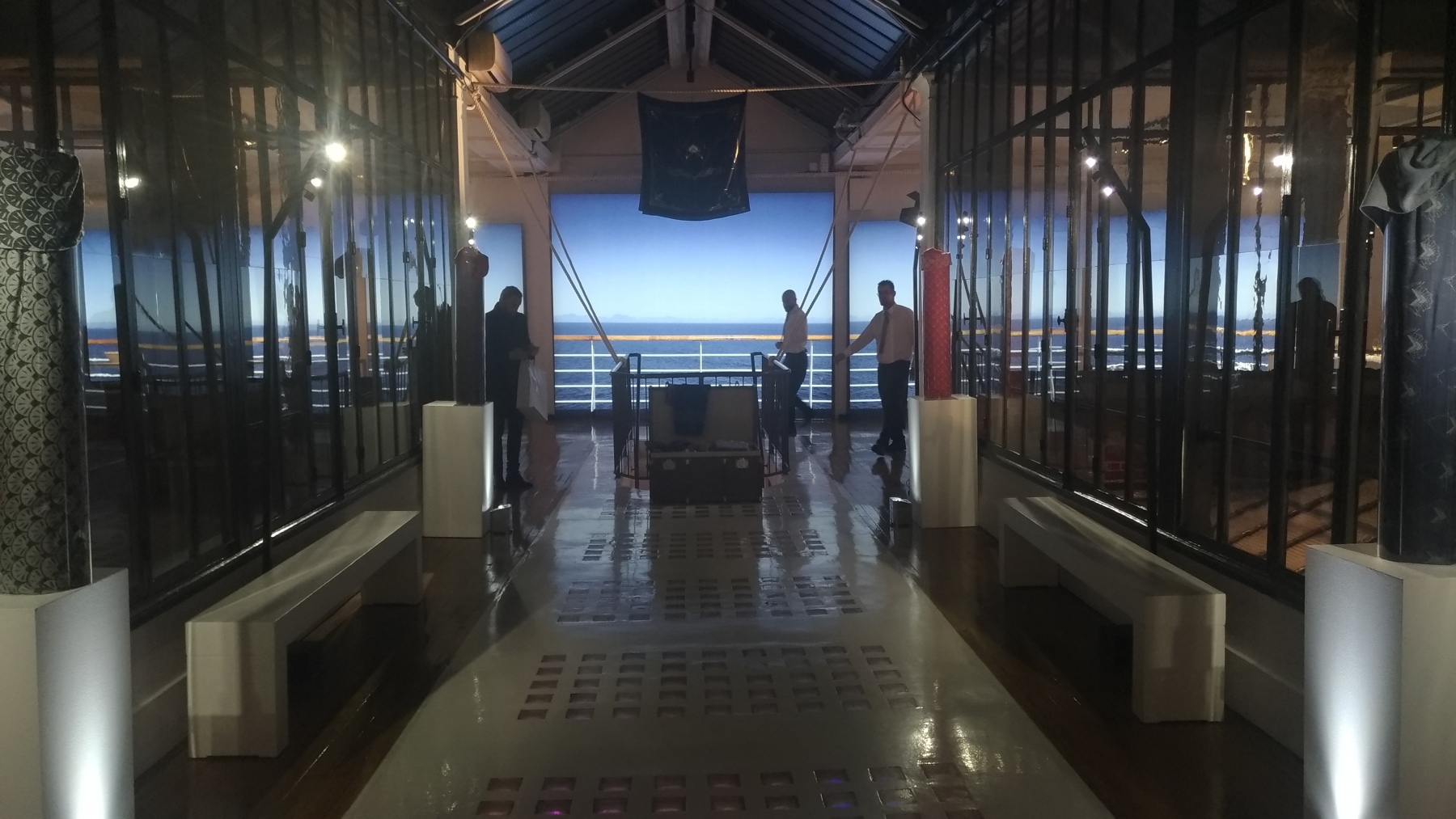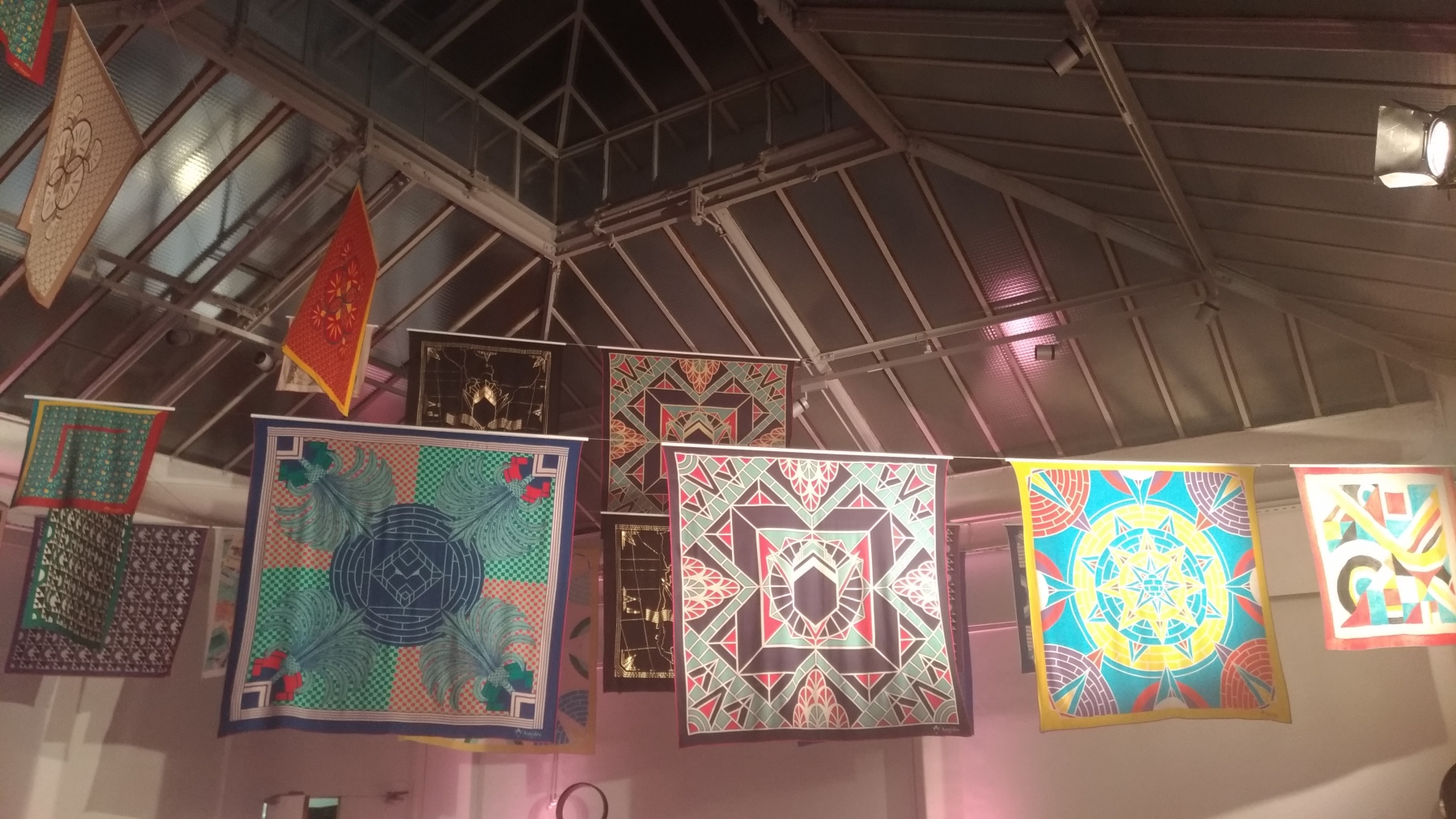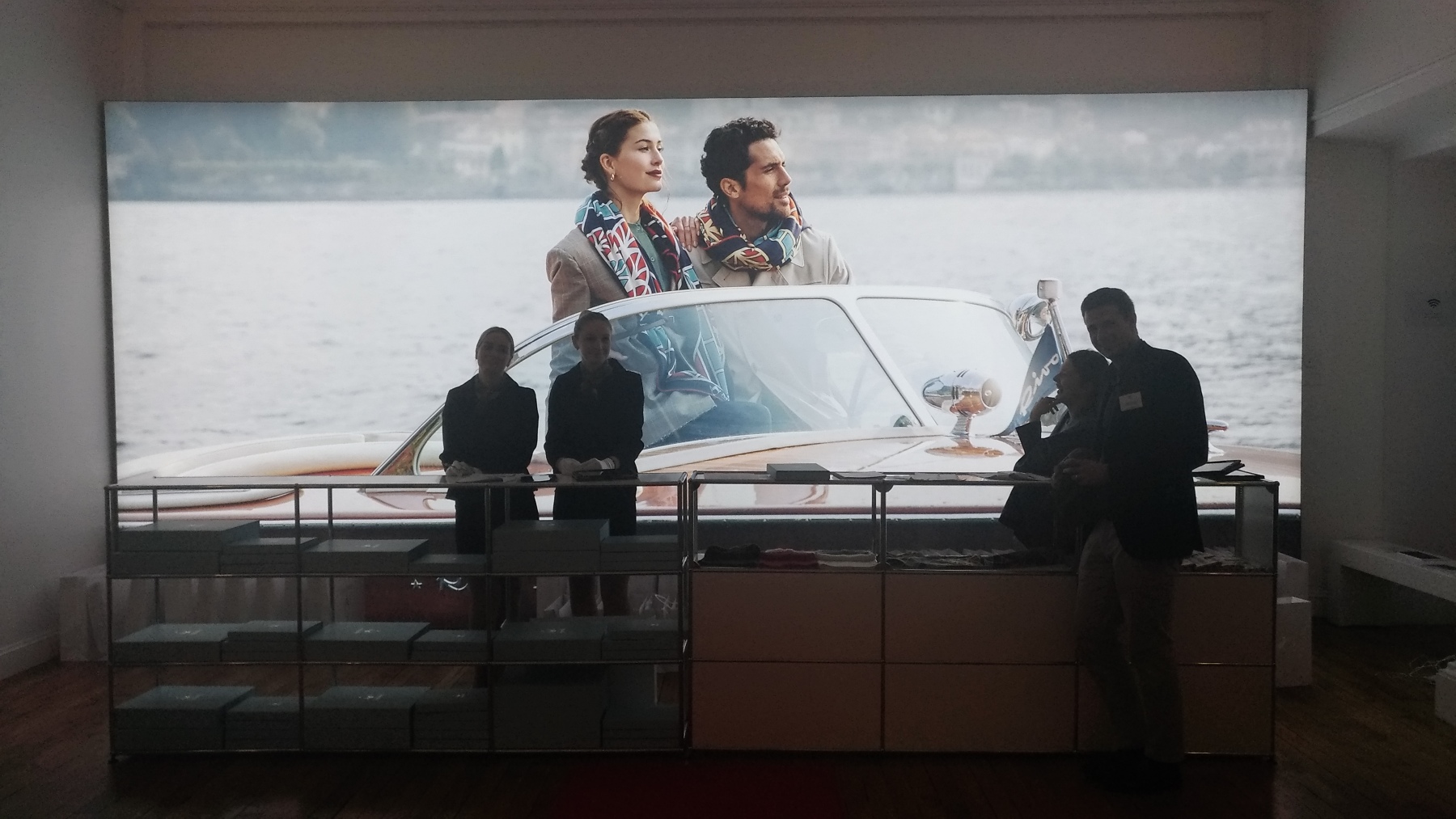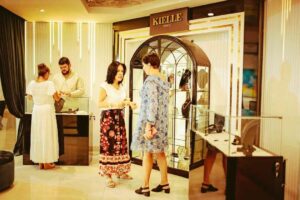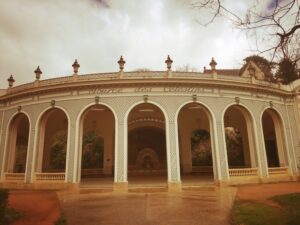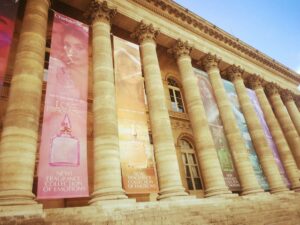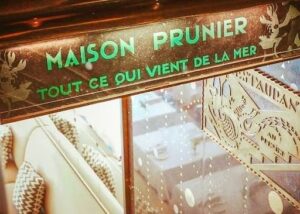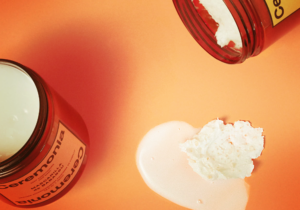Amédée Paris, the luxury eco-friendly french brand about Nativa Precious Fiber and Merino squared scarves and other carrés
8 min read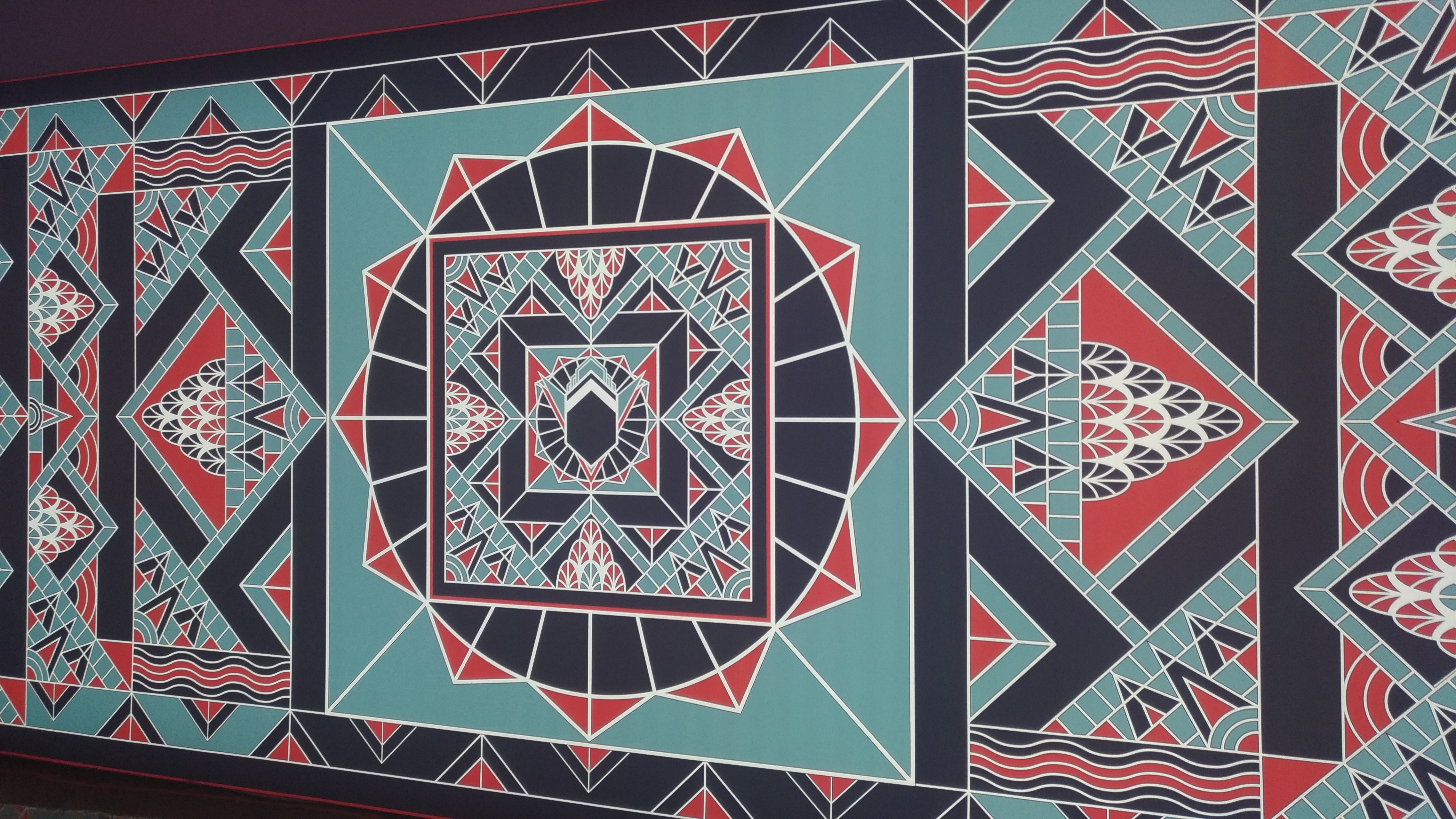

 Since, the revival collection of Amédée Paris presented at the Atelier Richelieu, close to the Palais Royal, in Paris, this French textile company made a long way. Born out of an ambitious Arty Wool vision, while valuing its homemade precious Nativa Precious Fiber (formerly Organica) label and eco-friendly Merino wool, the factory succeeded in creating an online luxury house for square scarves (carrés), ponchos and other kinds of comfortable textiles, such as stoles, snoods and even plaids. Every kind of coating has been designed for the satisfaction of trendy ladies and gentlemen. By Alexis Lery
Since, the revival collection of Amédée Paris presented at the Atelier Richelieu, close to the Palais Royal, in Paris, this French textile company made a long way. Born out of an ambitious Arty Wool vision, while valuing its homemade precious Nativa Precious Fiber (formerly Organica) label and eco-friendly Merino wool, the factory succeeded in creating an online luxury house for square scarves (carrés), ponchos and other kinds of comfortable textiles, such as stoles, snoods and even plaids. Every kind of coating has been designed for the satisfaction of trendy ladies and gentlemen. By Alexis Lery
The thematics of the renewal collections were dedicated to the origins of the native foundations of Amédée Paris, carried out by the legendary Chargeurs maritime transport firm, lead by his CEO, Michaël Fribourg. Indeed, its founder Deborah Berger, left the finance industry to launch Amédée Paris, within the close related technical and textile supports, to initiate this new luxury fibers global player (photos credits: Alexis Lery).

 Consequently, in order to highlight the quality of those innovative creations, fully inspired by many faraway lands, the walls of the Atelier Richelieu, a famous Parisian event place, were designed like a navy cinema theater. Thanks to translucent light boxes, this ephemeral showroom was drown into a decoration made of lighthouses and stained barriers, like a ferryboat or cargo, deeply influenced by the Chargeurs‘ inner DNA.
Consequently, in order to highlight the quality of those innovative creations, fully inspired by many faraway lands, the walls of the Atelier Richelieu, a famous Parisian event place, were designed like a navy cinema theater. Thanks to translucent light boxes, this ephemeral showroom was drown into a decoration made of lighthouses and stained barriers, like a ferryboat or cargo, deeply influenced by the Chargeurs‘ inner DNA.
Then, the visitors would have been impressed by each room, to experiment like a surprise, and explore through the different patterns of the Amédée Paris‘ creations. In this case, some modern artworks would even be used to hold them and masterpieces were enhanced in the majestic Salle des Carrés, starring XL sized fabrics, behind a pleasant classical music background.
 If you have a deeper look, you would notice all kinds of universes included in the collections of the catalog. Among them, the Andes and Inca graphics are prominent but not only, in order to dive the fashion sailors into the sea crossings of Amédée Paris. In fact, the inspiration is mostly imprinted of a certain gone time, full of a crossroads between maritime transport, evasion and a certain idea of contemporary lifestyle.
If you have a deeper look, you would notice all kinds of universes included in the collections of the catalog. Among them, the Andes and Inca graphics are prominent but not only, in order to dive the fashion sailors into the sea crossings of Amédée Paris. In fact, the inspiration is mostly imprinted of a certain gone time, full of a crossroads between maritime transport, evasion and a certain idea of contemporary lifestyle.
In an other hand, don’t miss the other style conveyed by the vintage pool tiles and palm trees representative of a real classic Miami Art Deco inspiration, especially behind the South Beach scarf. Otherwise, if you’re more a hippy few, endorse the Flower Power limited series, much influenced by the Woodstock festival codes!
By gathering exceptional creative and digital talents from many horizons, particularly using agile and collaborative methods, Amédée Paris has intended to create a brand in tune with the actual times, anchored in the modern era. Moreover, faithful to its authentic heritage, such as the golden years of the Art Deco movement and the spirit of the Chargeurs Réunis cruises.
 Furthermore, Amédée Paris may be considered a hard-liner in terms of premium generation, along a real responsible guideline, a noticeable choice today. The result is a true luxury and wide production, all in a warm and convivial spirit, respectful of a pretty green way of life, accompanying all refined fashion aficionados on future personal escapades (photos credits: Amédée Paris).
Furthermore, Amédée Paris may be considered a hard-liner in terms of premium generation, along a real responsible guideline, a noticeable choice today. The result is a true luxury and wide production, all in a warm and convivial spirit, respectful of a pretty green way of life, accompanying all refined fashion aficionados on future personal escapades (photos credits: Amédée Paris).
Why eco-friendly? Indeed, Chargeurs Luxury Materials paid many efforts to develop the Nativa Precious Fiber (formerly Organica) label, a new benchmark in terms of quality and sustainability, at the disposal of brands and consumers, notably in terms of respecting people, animals and their environment.
This Nativa Precious Fiber label was born in France and tends to guarantee the traceability of wool fibers throughout some random value chain, from farms where sheep are raised and shorn, until the final clothing products imagined by the fashion industry. This label homologates the authenticity of any kind of clothes, if these are made from natural fibers and standing in the line of environmental and animal welfare.
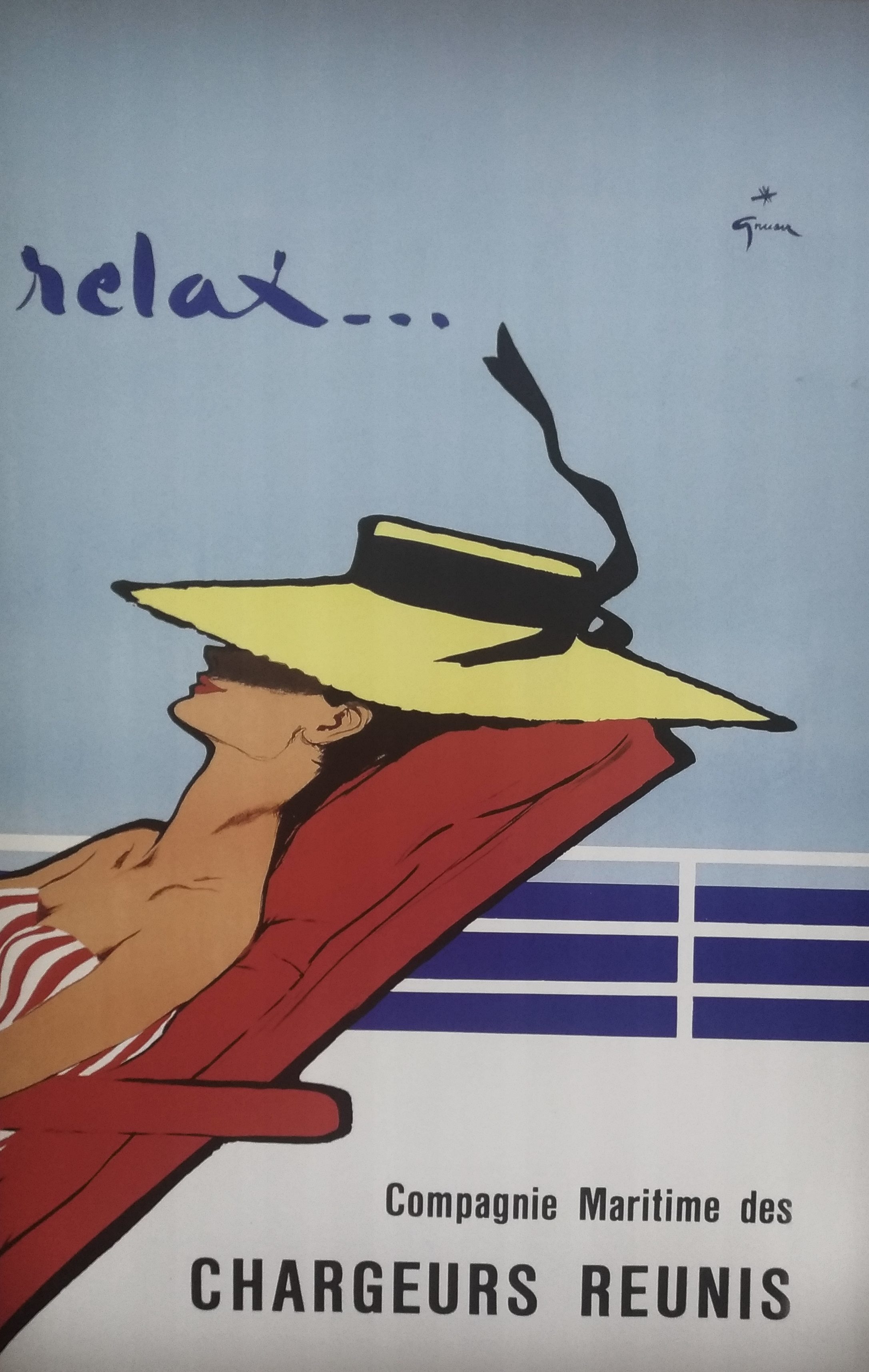
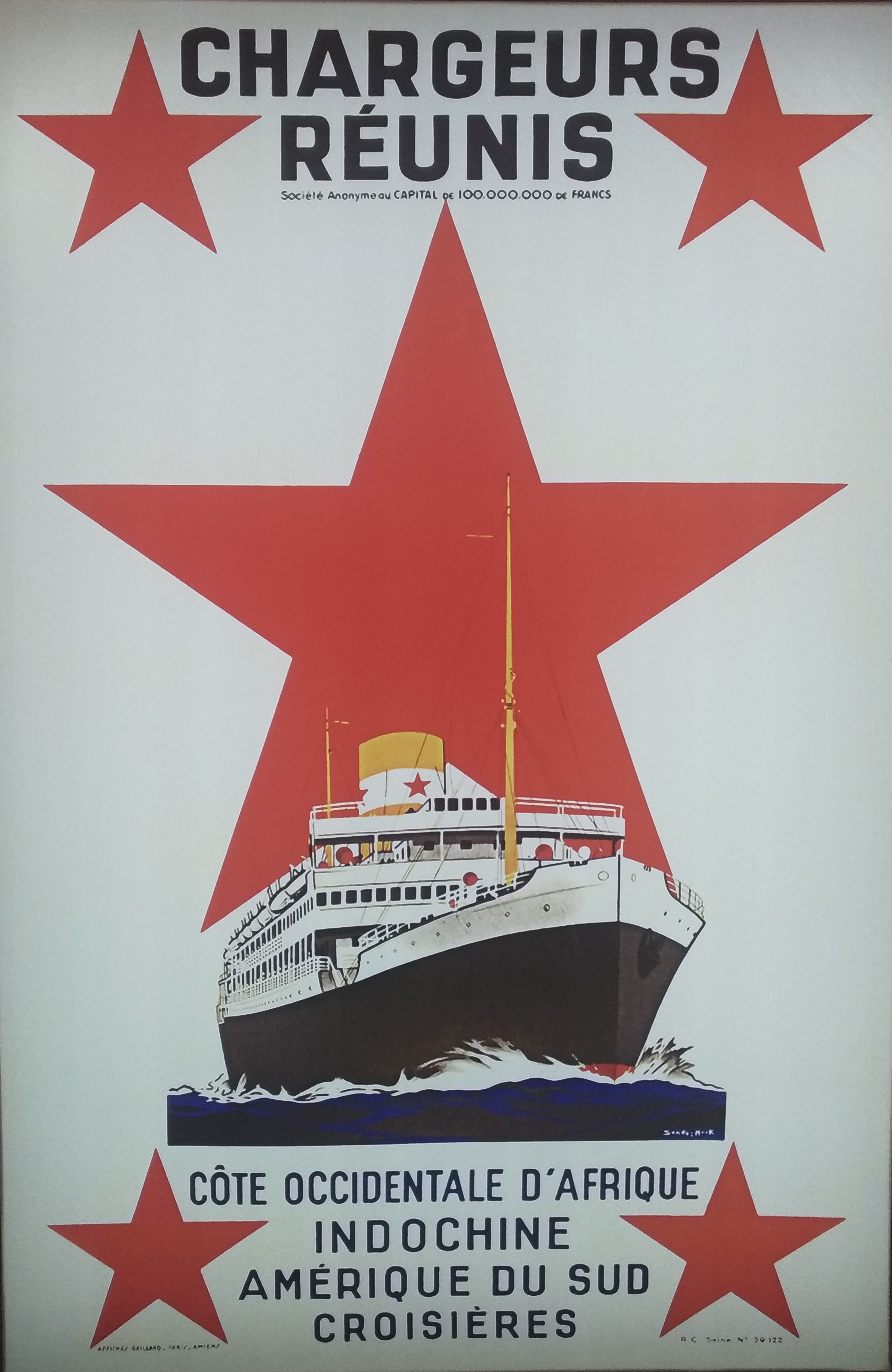 A little bit of History regarding the origin of this firm created in 1851 by Amédée Prouvost, an industrial and innovative entrepreneur, who created Peignage Amédée Prouvost. Thereafter, the success naturally and quickly arose to become a globally famous textile player, notably for its magnificent Merino fibers, transported from all over the world. His influence was so high that it even earned him a visit from the Queen of England in person, in 1957.
A little bit of History regarding the origin of this firm created in 1851 by Amédée Prouvost, an industrial and innovative entrepreneur, who created Peignage Amédée Prouvost. Thereafter, the success naturally and quickly arose to become a globally famous textile player, notably for its magnificent Merino fibers, transported from all over the world. His influence was so high that it even earned him a visit from the Queen of England in person, in 1957.
Meanwhile, in 1872, Jules Vignal created the Compagnie des Chargeurs Réunis, a specialist by the time, of maritime transport. This international firm makes its first connections with the Peignage Amédée Prouvost project, while shipping on their ferries, the Merino wool that would later contribute to their substantive reputation.
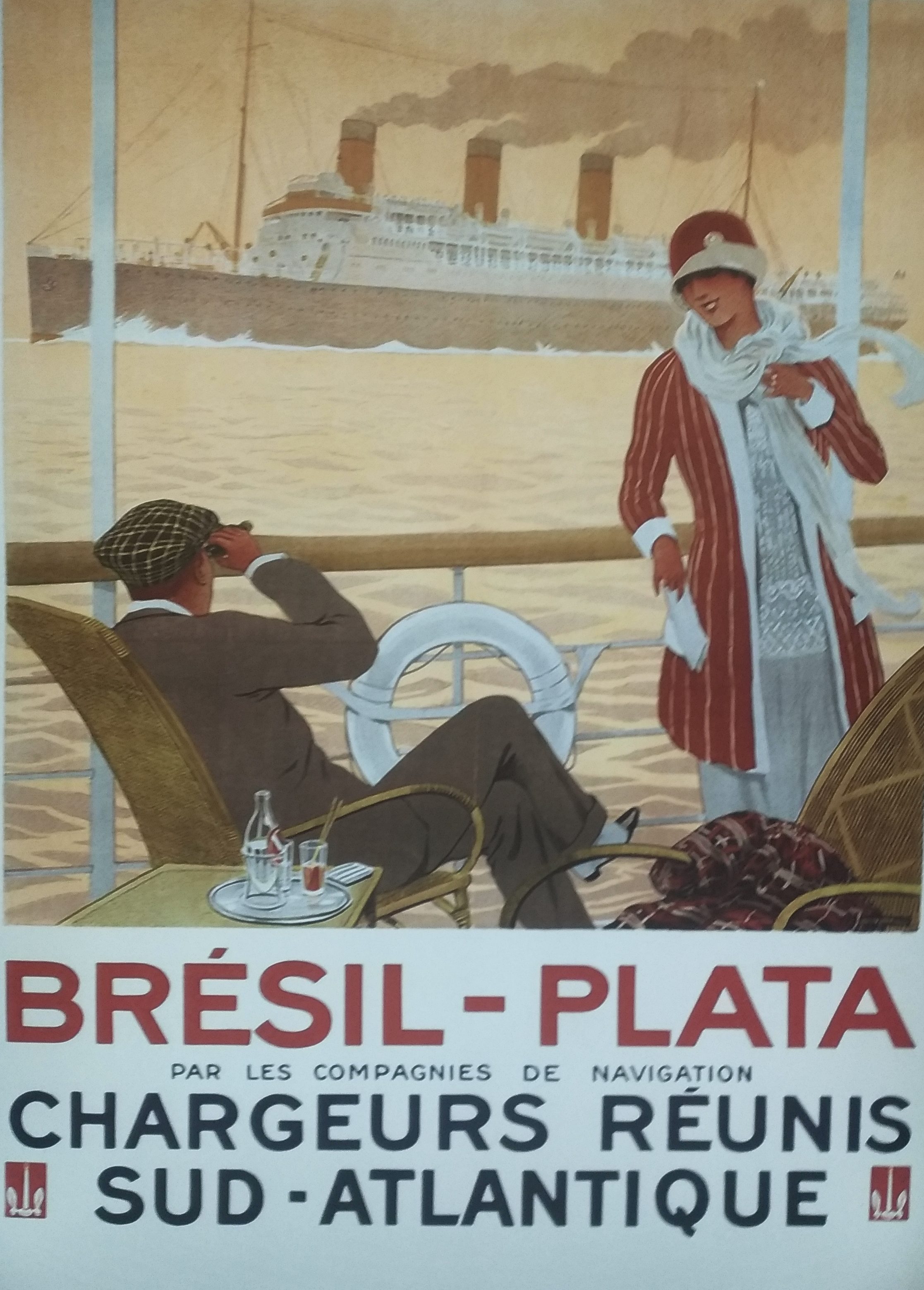
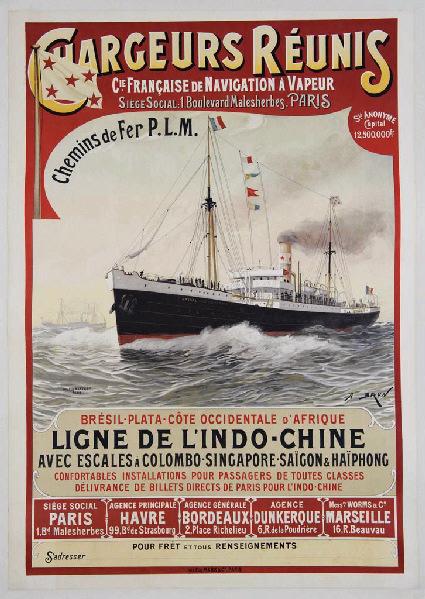 Based on this statement, the revival then operated last December 2018, with this Amédée Paris project which logically forestalled things quite differently, thanks to this rich past starring these illustrious protagonists and his second heritage, especially enhanced by the Chargeurs group.
Based on this statement, the revival then operated last December 2018, with this Amédée Paris project which logically forestalled things quite differently, thanks to this rich past starring these illustrious protagonists and his second heritage, especially enhanced by the Chargeurs group.
Finally, the two collaborators united together when in 1987, the Chargeurs decided to acquire the wool activities of the Prouvost group. This union enabled the Chargeurs Group to expand their excellence, in adding another woolly string to their internationally recognized bow.
In fact, nowadays Amédée Paris has turned into an ode to experiment your inner esthetic senses, where the exotism of faraway places melt with French know-how. A symbiosis grounded around some avant-garde patterns, expressly designed to highlight a color palette, fully tainted of rich chromatic shades.
 Nowadays, Amédée Paris navigates through a communion between a proud legacy to maintain and a modernity stage to assimilate. Indeed, firmly rooted with ancestral textile technics, like this precious art of screen printing (as pictured here on a square scarf), used to create some of their most popular products, the brand keeps on with sure values.
Nowadays, Amédée Paris navigates through a communion between a proud legacy to maintain and a modernity stage to assimilate. Indeed, firmly rooted with ancestral textile technics, like this precious art of screen printing (as pictured here on a square scarf), used to create some of their most popular products, the brand keeps on with sure values.
Moreover, the actual period is right to associate premium manufacture with digital luxury, under tailored merchandises, made to satisfy a clientele in constant of sustainable and eco-friendly creations. That’s why, a slow mode connection has been initiated between their French and Italian workshops. Thus, each product is delivered protected a delicate case, adorned with the house’s symbols, another sign to reveal the unique identity of a precious gift.
 Our trip to explore the Amédée Paris‘ premium wool starts in Tasmania, a small island located in the Southern Australia, then in Patagonia, at the foot of Mount Fitz Roy, situated in the heart of the vast lands of Argentina. This specific area is located on the so-called white gold roads, where is developed this ultra-fine Nativa Precious Fiber Merino wool, as show the influences presented in their ponchos patterns.
Our trip to explore the Amédée Paris‘ premium wool starts in Tasmania, a small island located in the Southern Australia, then in Patagonia, at the foot of Mount Fitz Roy, situated in the heart of the vast lands of Argentina. This specific area is located on the so-called white gold roads, where is developed this ultra-fine Nativa Precious Fiber Merino wool, as show the influences presented in their ponchos patterns.
Thus, the Amédée Paris firm has selected passionate breeders, respectful of their land, herds and farmers. In this sense, their sheep deserve to be walk wild and free, in order to live their best lives. For that reason, their other farms in New Zealand and Uruguay span acres, provide a space, allowing them the ability to roam freely in the nature. For your information, you should know that you mostly observe sheered sheep, in spring time since it’s necessary to do it before the summer heat hits, or otherwise their wool would become too hot to survive in this season.
 Then, we reach Biella, a small Italian town nestled in the heart of the Piedmont mountains, near Milan. Thereafter, their knitted models are cradled with wool and drapery features, since centuries, handed down from generation to generation, since 1840, by skilled artisans. This inestimable know-how is tucked away through a bunch of one the finest craftsmanship best kept secrets, that naturally inspired their latest collections. Thus, logically these spinners, knitters, and printers have been selected for their unique expertise. A bucket of precious partners are rare and de facto, are often acclaimed by famous luxury houses.
Then, we reach Biella, a small Italian town nestled in the heart of the Piedmont mountains, near Milan. Thereafter, their knitted models are cradled with wool and drapery features, since centuries, handed down from generation to generation, since 1840, by skilled artisans. This inestimable know-how is tucked away through a bunch of one the finest craftsmanship best kept secrets, that naturally inspired their latest collections. Thus, logically these spinners, knitters, and printers have been selected for their unique expertise. A bucket of precious partners are rare and de facto, are often acclaimed by famous luxury houses.
The road continues, still in Italy, until the Como lake (as attested by the recent photo shooting), where the illustrious jacquard is made. Thus, this fabric, resulting from a certain weaving (on ancient looms) of different colored threads used to design a pattern, displays strength, thickness, and above all an incomparable quality, while even not wrinkling a thing!
 An other major part of the Amédée Paris‘ range would be the discovery of their wool printed square scarves. This time, we cross the Channel to join England, to learn about the origins of authentic wool twill. Distinctive due to its oblique stripes, this technique of weaving provides a set of numerous subtle colors to their square scarves and printed stoles, like this illustrated florilege of models self-explanatorily proves it.
An other major part of the Amédée Paris‘ range would be the discovery of their wool printed square scarves. This time, we cross the Channel to join England, to learn about the origins of authentic wool twill. Distinctive due to its oblique stripes, this technique of weaving provides a set of numerous subtle colors to their square scarves and printed stoles, like this illustrated florilege of models self-explanatorily proves it.
Exclusively conceived for Amédée Paris, in some workshops situated in Lyon and through Italy, this printed wool twill uses ultra-fine (14.5 micron) Merino wool yarn, coming straight from Tasmania. Once dressed, you would undoubtedly feel the incomparable softness emanating from these items, in which anyone would take the pleasure to snuggle inside.
As a final touch, the fabrics are embellished with a hand rolled process. Generally bordering handkerchiefs and scarves, this technics requires hours of work and a great precision in the handling of the thread joined with a very fine needle, in order to get a perfect finish and genuine upscale.
 One last chapter about the eco-friendly Nativa Precious Fiber home wool native from Tasmania, Patagonia and Uruguay, as we saw as a sign about Amédée Paris‘ sustainable engagement.
One last chapter about the eco-friendly Nativa Precious Fiber home wool native from Tasmania, Patagonia and Uruguay, as we saw as a sign about Amédée Paris‘ sustainable engagement.
It’s a certitude that once adopted, their customers would appreciate the sweetness and slenderness of these fibers, since this Merino wool possesses such soft durable assets, already noticed erstwhile under the reign of Louis XVI.
For your information, in this time, the Monarch installed in his royal farm located in Rambouillet, close to Versailles, a Merino purebred sheep, offered to the King by his cousin, namely the King of Spain. Thereafter, some of their descendants, exported this race to South America, before eventually returning to France at the beginning of the 20th century, via the Chargeurs Réunis company until reaching the Peignage Amédée Prouvost workshops.
Luckily highlighted with the Nativa Precious Fiber label, this Merino wool, benefiting from a prestigious lineage, has been appearing as a historical connection between those two companies, for ages. Thus enriched by two matured philosophies, this premium fiber includes the best of natural, biodegradable, breathable and thermoregulatory textile technologies, as it could get.
More information on the official website, and explore their wide collection in the online store and in the Make It Agency Showroom.
